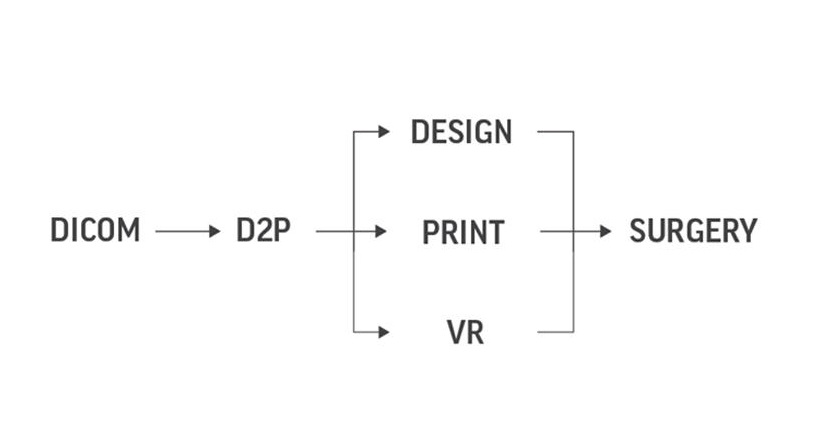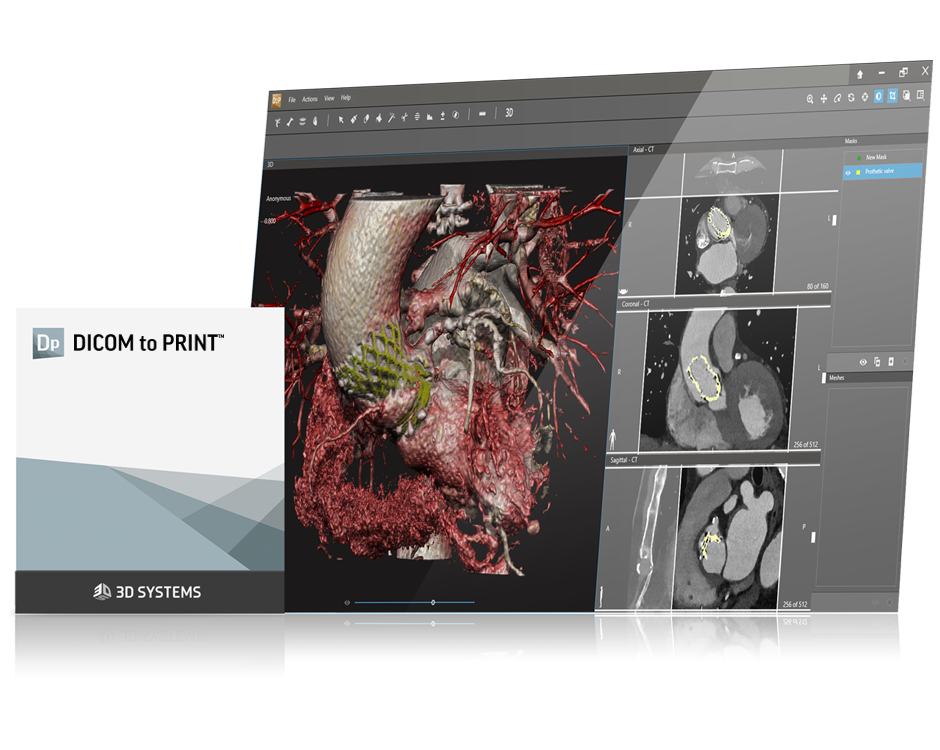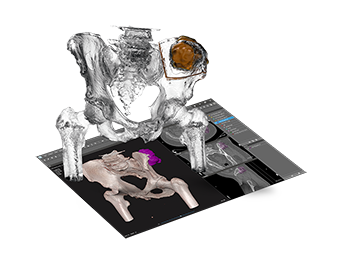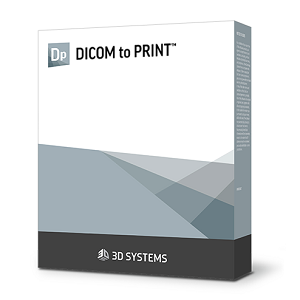
DICOM-to-Print – Using CT and MRI Data Intelligently
Converting CT and MRI Data for Downstream Use
A “Seamless End-to-End Workflow for 3D Digital Model Creation”. This is the tag line applied to DICOM-to-Print (D2P) software form 3D Systems and it is entirely accurate. Put simply, D2P allows the user, radiologist, surgeon, GP or other medical professional to intuitively segment the reconstructed DICOM data. Using automatic as well as manual tools, the end user has complete control over the segmentation of teeth, bone and cardiovascular system. Within a few more seconds these segmentations are converted into 3D model files ready for 3D printing, viewing in VR or exported into other software such as Geomagic Freeform Plus.
There is an ever growing need to improve cost effectiveness in the medical industry. To satisfy this, it is important to make sure current assets are being fully utilised. Usually, DICOM data is visualised in 2D slices along with a relatively blocky reconstruction. D2P imports DICOM data from CT, CBCT and MRI scans and reconstructs them beautifully. The radiologist is still able to work in the 2D slices where they are perhaps most familiar while the surgeon can utilise the full colour 3D reconstruction, as seen below. It is what’s possible with the data exported from D2P which really starts to increase the usability of the existing medical hardware.
Once the segmented bones or cardiovascular system has been converted to a 3D model file it can be viewed in VR within the D2P environment. Suddenly a surgeon can pick up and hold the bones before a surgery has even taken place. They can virtually look inside the anatomy of a specific patient and visualise the interaction between different internal objects and how they interact with one another.
The 3D files are sent directly to any 3D Systems 3D Printer or exported as a generic format to be used with printers made by any other manufacturer. Parts can be printed just minutes after loading the raw DICOM files and are used to aid in surgical planning, training and doctor patient communication. Further to this, the models can be imported directly into Geomagic Freeform where the data can be manipulated with haptic feedback devices. This is used for the creation of patient specific implants.
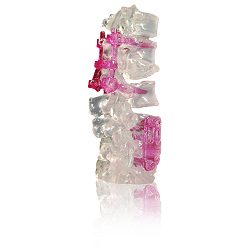
D2P is available now, get in touch for a demonstration.

